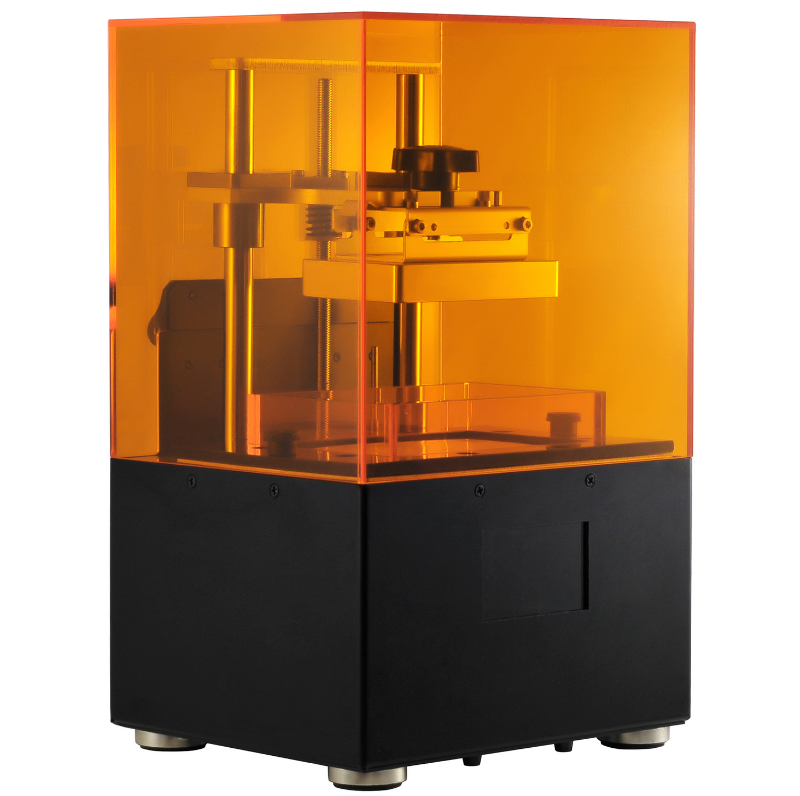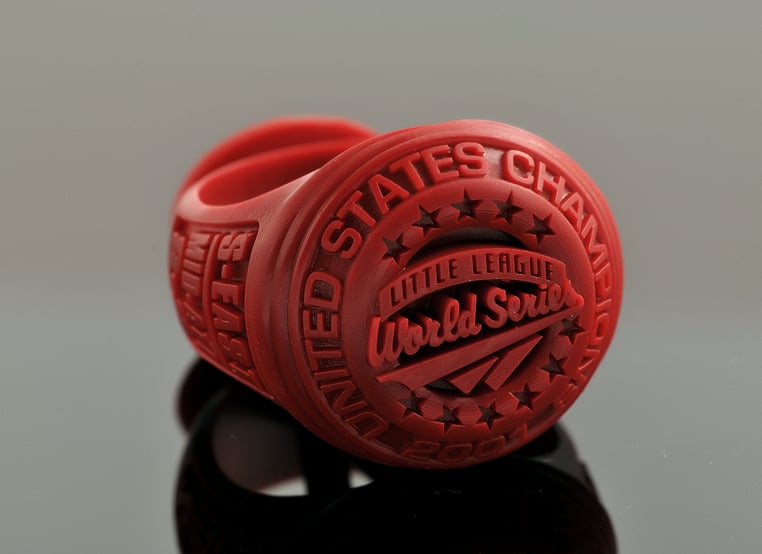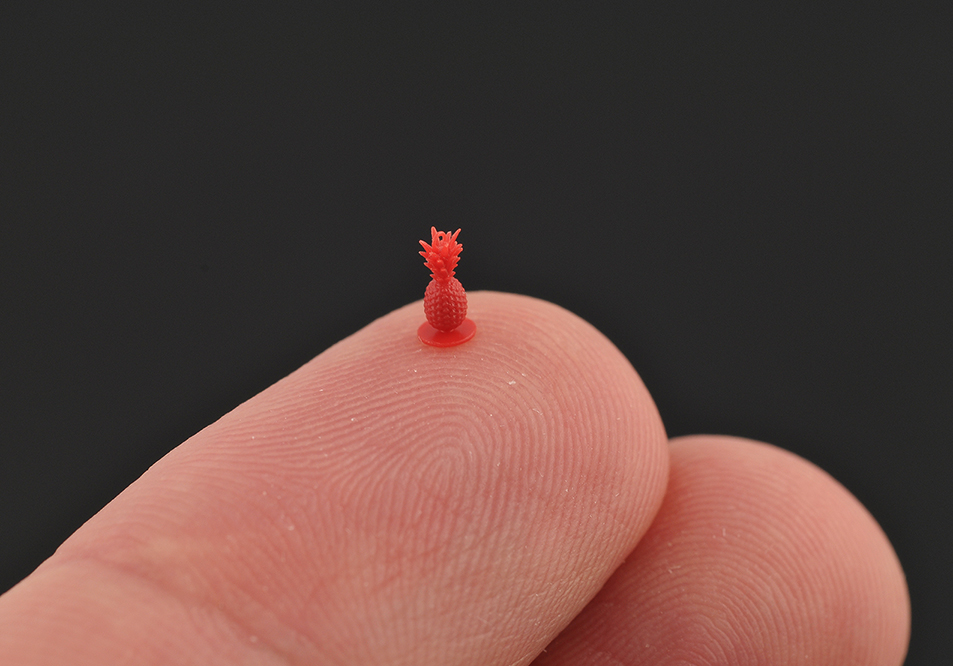Reify3D’s Solus DLP 3D printer brings the price down for super-high resolution 3D printing.
The Solus is an inexpensive 3D printer that solidifies layers of resin using UV light from a DLP projector, in a manner similar to Formlabs equipment. However, there’s some advantages and disadvantages to their approach.
Priced at only USD$2,299, the machine would appear to be a lot less expensive than Formlab’s current machine, the Form 1+, which is currently priced at USD$3,299. That’s a thousand USD$ less! But there’s a couple of catches.
The first is that there is no projector included with the printer. You’ll have to separately procure either an InFocus In8606HD or Vivitek H1185HD DLP® projector. Both of these sport prices around USD$700-800 on Amazon, although it’s possible you may find used models for less. Or, in the best case, you happen to already have one of them and don’t require them to watch the big game on a large screen anymore.
The Solus’ big feature is its very high resolution. The specifications indicate it can print at up to 25 micron (0.025mm) XY resolution (the size of each pixels created by the DLP projector when forming a layer). That’s much higher than most desktop 3D printers and even approaches that of industrial equipment, such as Stratasys’ Connex equipment, which maxes out at 16 microns.
But there’s a catch here too: the Solus can print only within a volume of 48 x 27 x 80mm at that resolution. If you want a larger sized object, you can print up to 80 x 45 x 80mm, but you’ll receive “only” 41 micron resolution. The smaller the volume, the higher the resolution.
This is because the fixed number of pixels projected by the DLP device are simply focused on a smaller surface area of each layer.
Meanwhile, the Z axis, or layer size, can be as large as 0.100mm or as small as 0.05mm to match the XY resolution.
Nevertheless, it’s quite possible your application can still use the Solus if you are printing small, but high-resolution objects, such as jewelry. You can fit a lot of jewelry within 48 x 27 x 80mm.
The Solus also has an interesting resin tank. Unlike some other DLP 3D printers, you apparently do not have to replace the tank, which in other machines will gradually wear out as each printed layer peels off molecules from the tank’s inner surface. Not so on the Solus, which has a “patent-pending TUF peeling mechanism” that “eliminates eliminated the need for replacing or re-coating resin tanks.”
Depending on the size of prints and degree of resolution you require, the Solus DLP 3D Printer could be a good option.
Via Reify3D and Junction3D





